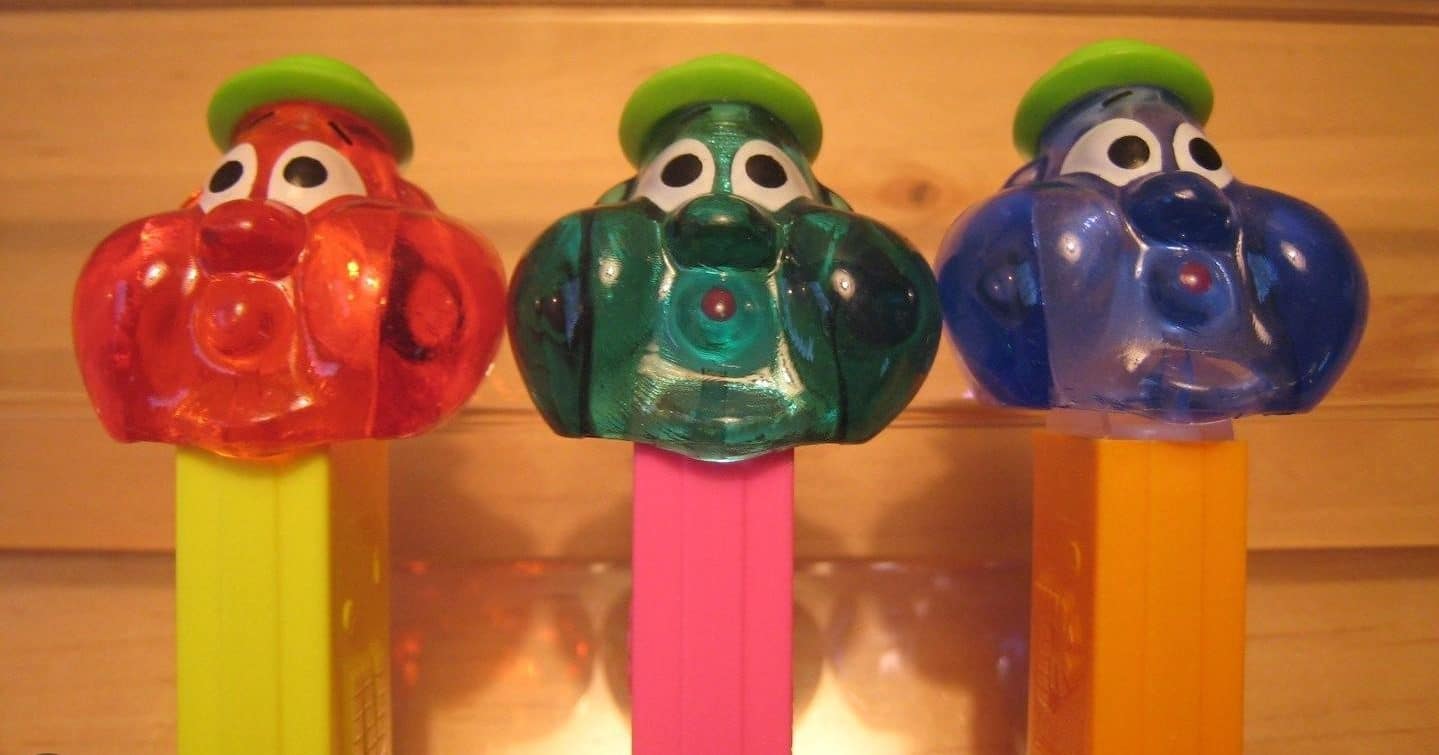Pez sweets, famed for their plastic flip-tops and candy-stacked stems, originated in Austria in 1927. Museums, conventions and high-profile fans – including John F. Kennedy – have kept these treats in the public eye for decades, with dispensers of the retro sweets even becoming collectors’ items. One Pez dispenser, however, is more famous than the rest.
An original Bubble Boy Pez dispenser sells for as much as $200 today. A valuable collector’s item, the Bubble Boy dispenser played an unexpected role in PEZ history, triggering an epic feud between the company boss and a black market smuggler known as the ‘Pez Outlaw’.
The origins of PEZ
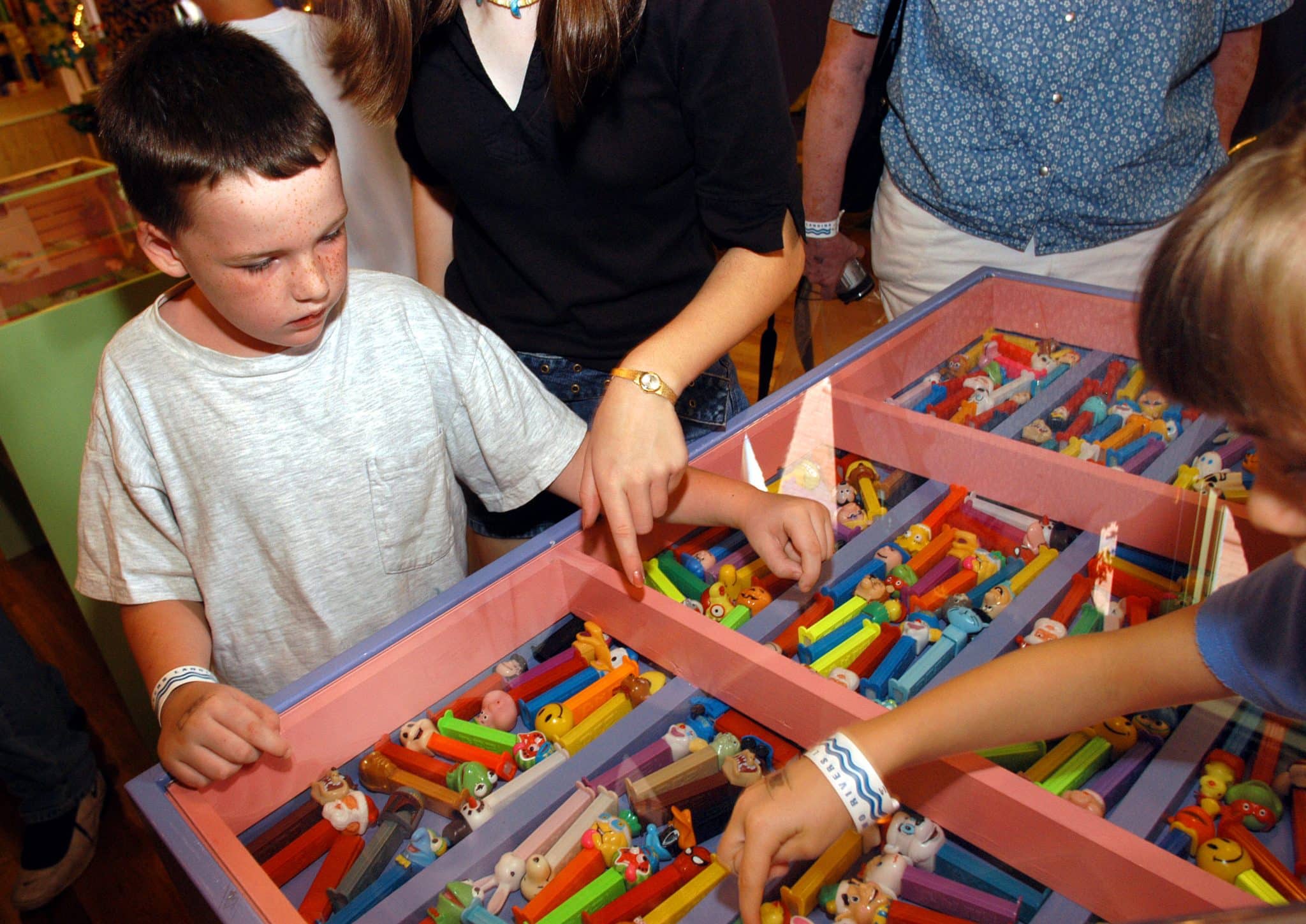
Austrian businessman Eduard Haas III first invented the Pez sweet in the 1920s, taking the name PEZ (PfeffErminZ) from their peppermint flavour. Originally a round, compressed candy, Pez later evolved to a rectangular pill shape.
First marketed as an alternative to smoking, Pez became a popular brand, and by the 1930s a new factory in Czechoslovakia started churning out the candy. A decade later, Oscar Uxa invented the earliest form of the dispenser used today, which debuted at the Vienna Trade Fair.
In 1955, the PEZ company decided to shift their target audience, with a particular focus on the USA. They attracted American children to the brand by remodelling the dispensers with plastic character heads. Popeye, Mickey Mouse and Santa Claus were among the earliest figures on Pez packaging.

Over 1,500 character heads have been released over the decades. The 70s saw the release of Paul Revere and Betsy Ross in plastic form; in the 80s, feet were added to the dispensers, and Donkey Kong Jr. and Vucko the Olympic Mascot joined their ranks.
Pez shifted from a classic kid’s treat to a collector’s brand in the early 90s, and the city of Mentor, Ohio hosted the first ever Pez convention in June 1991.
PEZ reached the cover of Forbes Magazine in 1993, accompanied by the caption: “Rummage through your attic. These days, all kinds of proletarian items are becoming collectibles.”
The Bubble Boy prototype and the Pez Outlaw
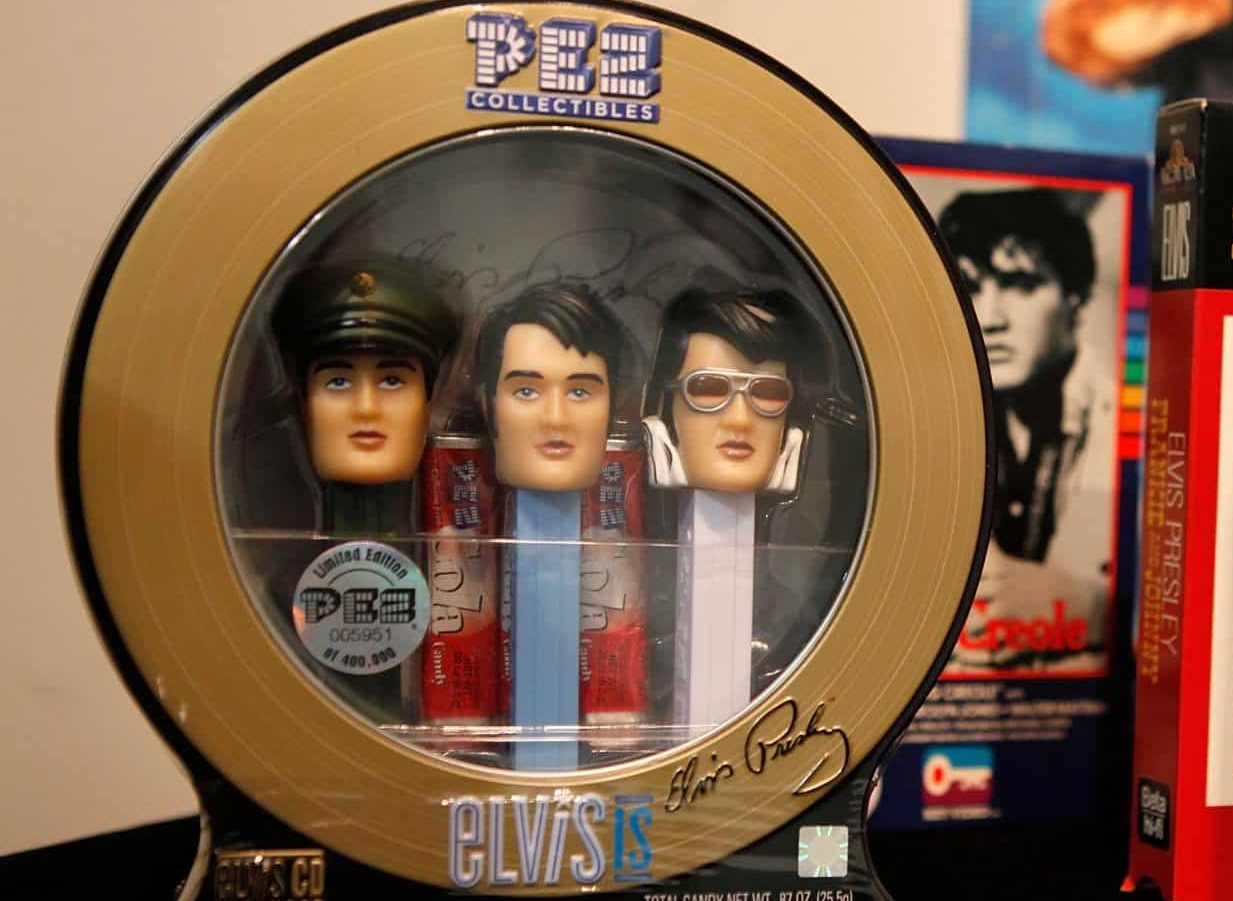
Scott McWhinnie became the CEO of PEZ Candy Inc. in 1983, and his colleagues dubbed him the ‘Pezident’. His US offices operated separately from PEZ International, and McWhinnie decided which Pez designs should enter the US market.
This meant that some designs weren’t available in the USA, making them a more sought-after item. Even in the 90s, experts recommended that US collectors should keep their eyes peeled for European models.
In 1994, dealer Mike Edelman explained to the Chicago Tribune: “I tell people, there are 30 characters available in Canada and Europe they can’t get here, and to pick them up when they travel.”
Among the many designs that McWhinnie considered for the US market, but ultimately rejected, was the Bubble Boy Pez, a character with bulging cheeks and a green boater hat.

This dispenser was intended for sale alongside Pez chewing gum, and a limited number of prototypes were reportedly delivered to a Hungarian bubble gum company – but the model remained off the market. However, the Bubble Boy Pez ended up being the key clue in a major market feud.
As the value of rare Pez dispensers skyrocketed, one man named Steve Glew quit his day job as a machine operator to run a massive transatlantic Pez-smuggling operation. (Glew has since been the subject of an acclaimed Netflix documentary, The Pez Outlaw.)
In the 90s, the Michigan-born Glew undertook 80 trips to Europe to bribe Pez factory workers and bosses into selling him rare rejected models. He then resold them at massive prices in the USA, and he claims to have earned $4 million from his dubious business. “I operated an underground black-market Pez economy for 10 years,” Glew has said. “They called me the Pez Outlaw – a man on the run with a giant bull’s eye on my back.”
Glew is caught – and Bubble Boy enters mass production
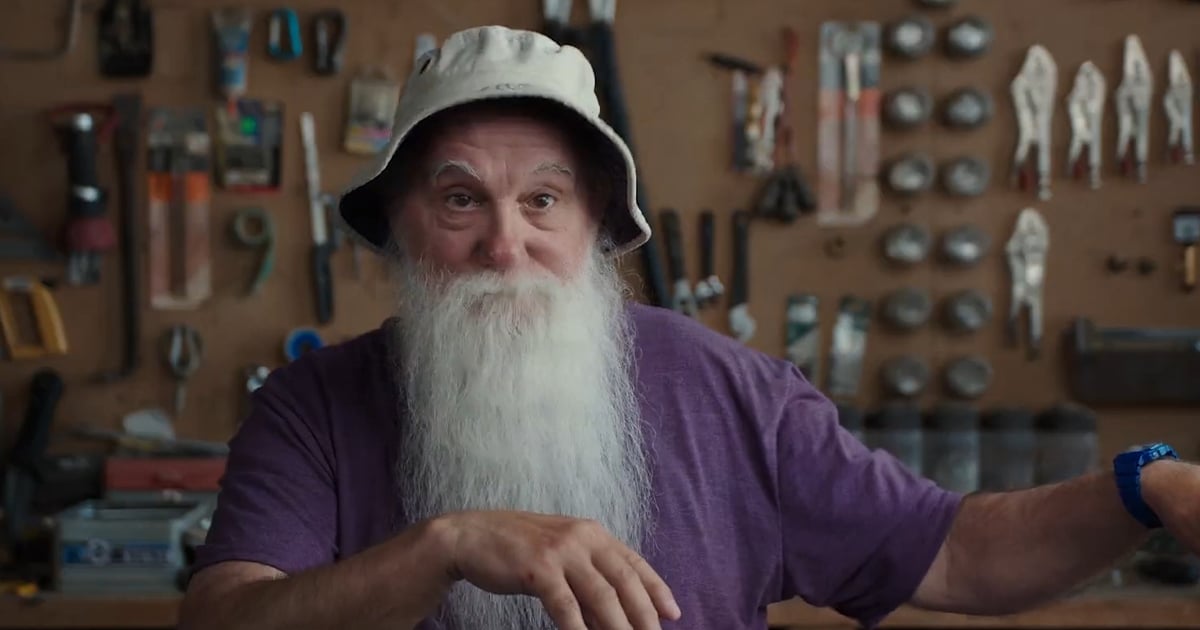
In December 1995, a factory worker gave Glew one of the Bubble Boy prototypes. Glew guessed that this extremely rare piece could earn a fortune, and soon he began receiving offers of $1,000 from dealers and sellers on the black market.
Bubble Boy proved to be Glew’s downfall, as Scott McWhinnie spotted it at auction, and recognised it as an unused prototype that shouldn’t be in circulation. McWhinnie was reportedly enraged by Glew’s dealings and vowed to take him down in a somewhat unusual manner.
First, McWhinnie ordered chain-link fences to be placed over his factory bins so that workers couldn’t steal defunct or rejected products. Factory moulds were destroyed to avoid covert production. Then he targeted Glew’s business by ordering mass production of the very same designs from which Glew was making his fortune.
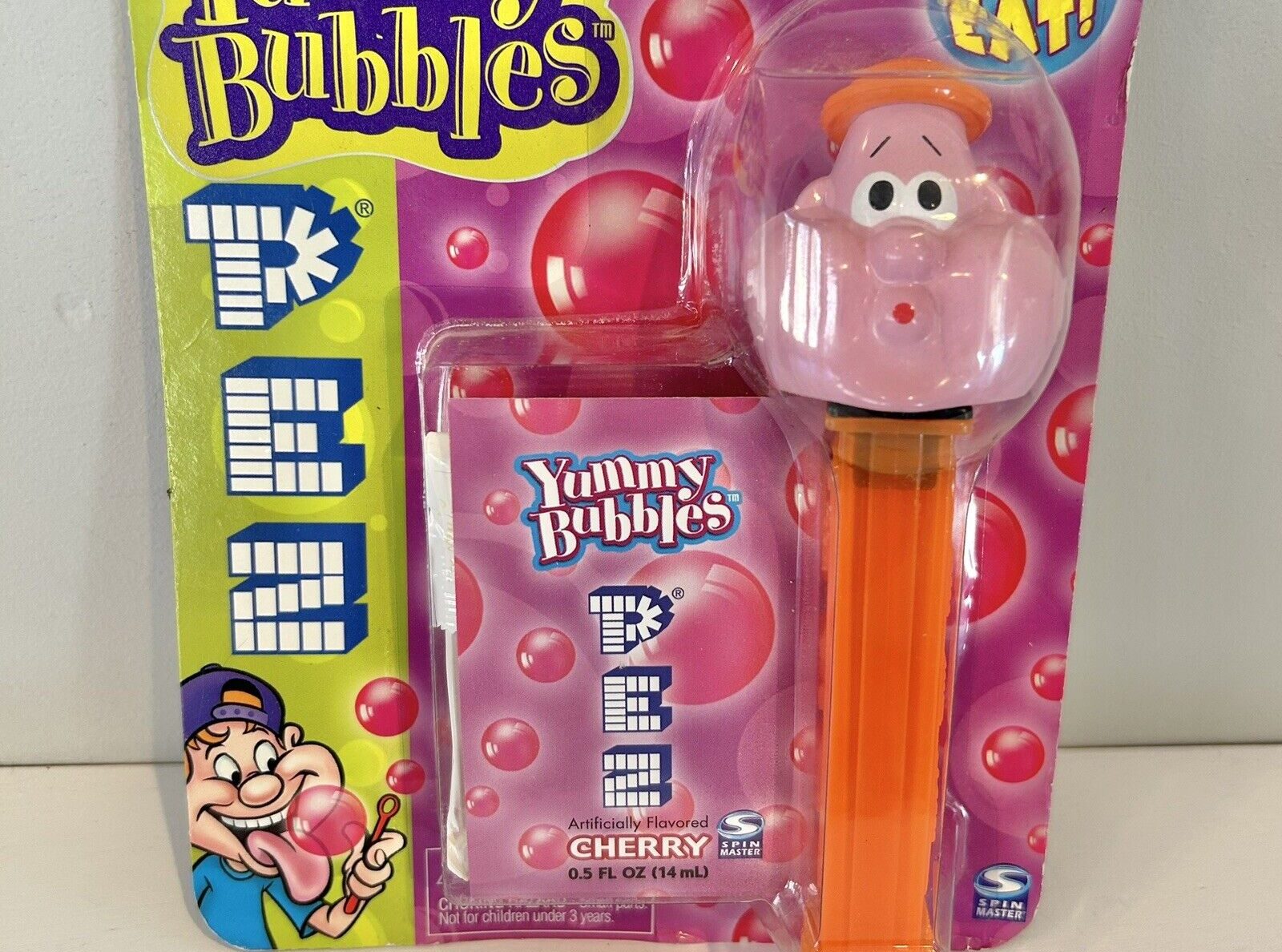
As a result, Bubble Boy and many other rare dispensers were transformed from treasured items worth thousands of dollars into cheap trinkets. Glew’s empire collapsed and McWhinnie has since declined to speak of his black market nemesis. However, were it not for Glew’s antics, Bubble Boy would never have reached US markets – and today the item holds a lot of nostalgia and history for collectors.
Original Bubble Boy dispensers can also still fetch a pretty penny. In January 2023, one seller on eBay offered a Bubble Boy dispenser that was reportedly brought to the USA by the Pez Outlaw. It sold for $200. “Card has some slight edge wear but displays nicely,” the seller wrote. “…Bubble has dent. Item inside is in mint condition.”
McWhinnie retired as PEZ CEO in 2003. Meanwhile, Glew has since become an avid collector of rare cereal boxes, building a veritable museum of them in his basement.

